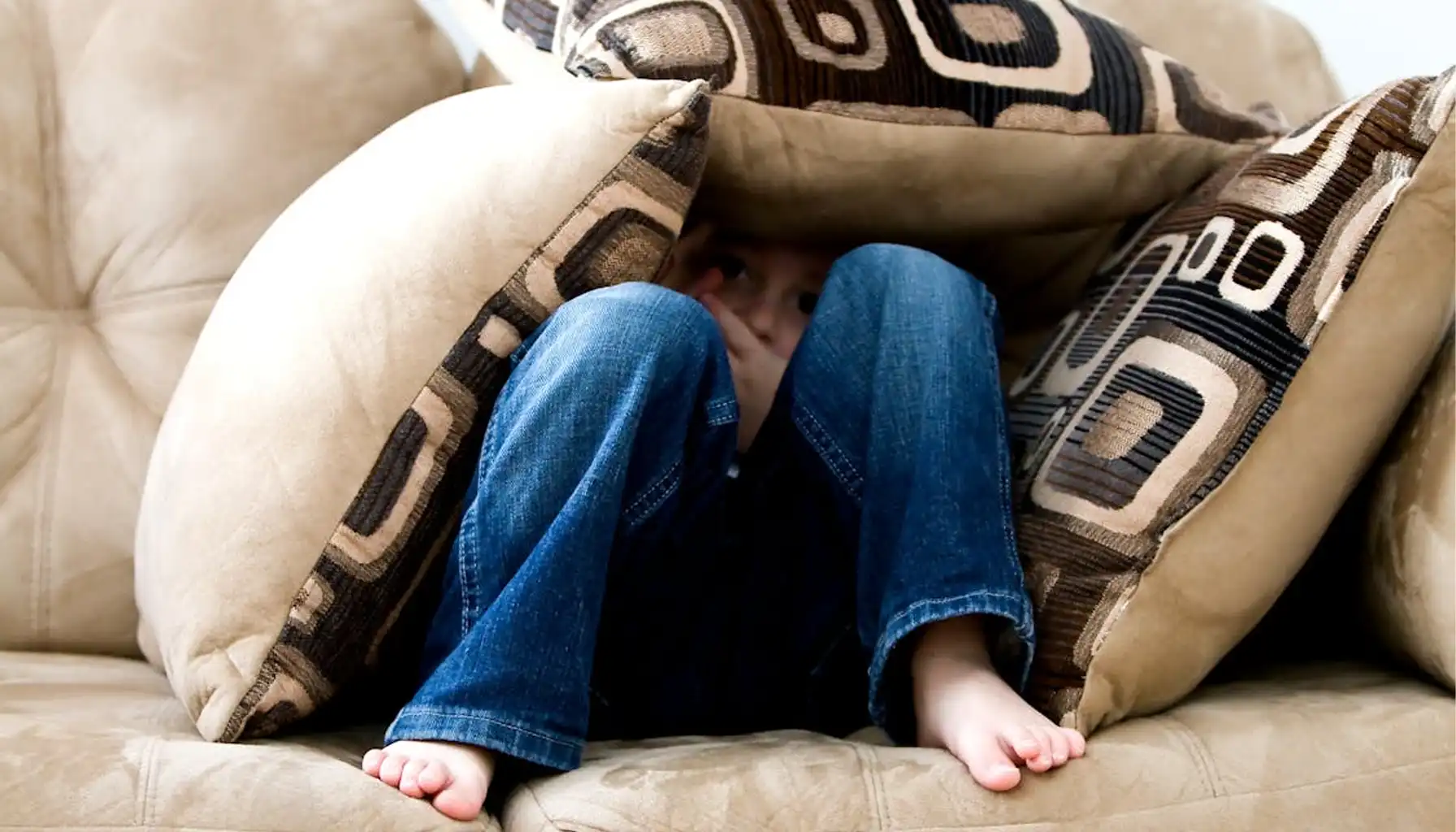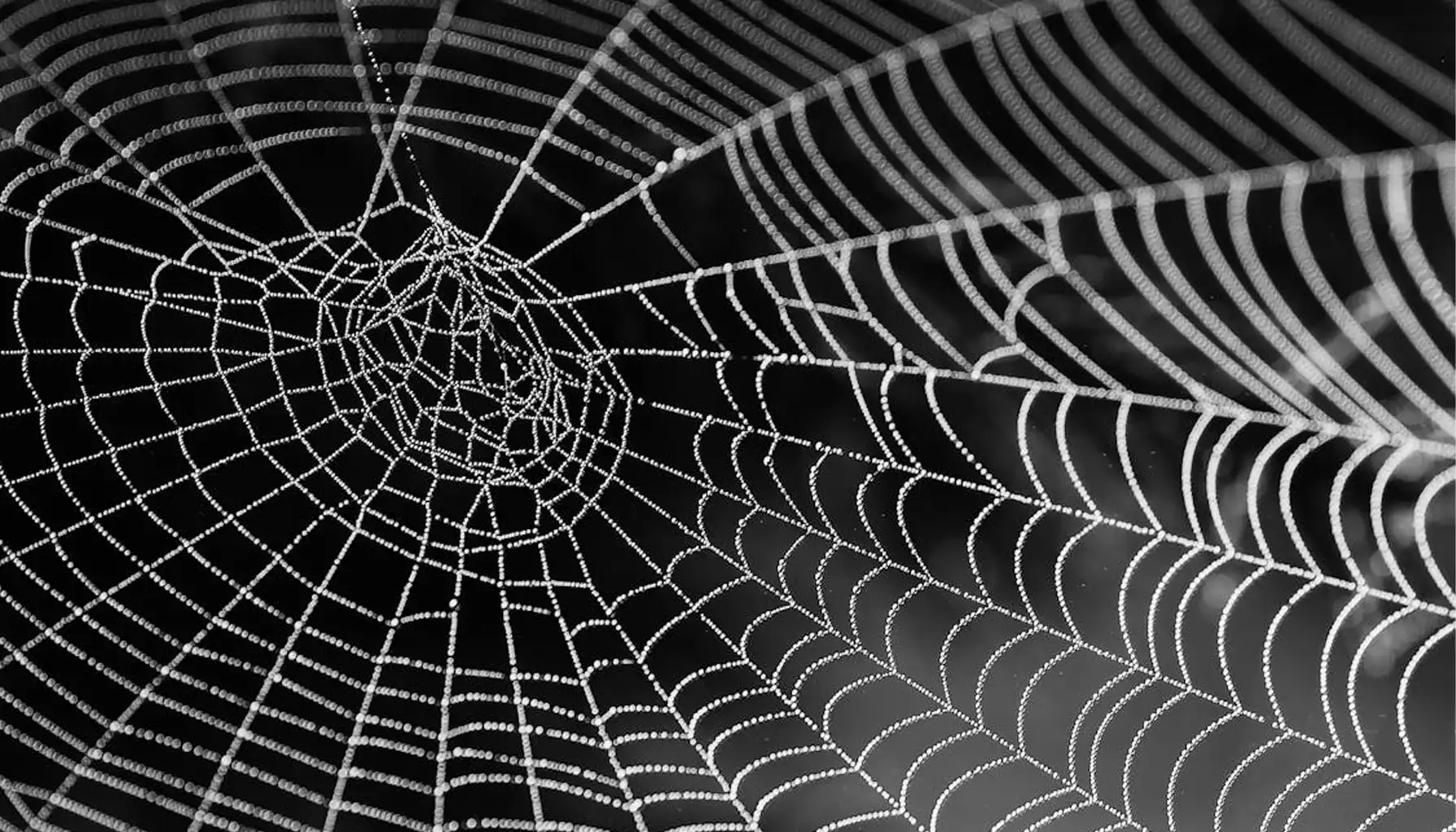Contents:
In everyday terms, arachnophobia is the fear of spiders. It’s a reaction that triggers anxiety and physical discomfort when a spider is seen or imagined. The arachnophobia meaning is classified as a specific phobia, the fear is linked to one particular object or situation.
So, what is arachnophobia in the context of the brain? Neuroimaging studies show that people with spider phobia have heightened activation in the brain’s “fear network,” which has the amygdala, anterior cingulate cortex (ACC), and insula.
The regions process emotional threats and bodily reactions, and in phobia, their responses are amplified. For example, the amygdala, the brain’s rapid-response threat detector, becomes hyperactive. It sends strong fear signals even if the spider poses no real danger.

The insula has the physical sensations of fear (like a racing heart or tight chest) with the external stimulus, while the ACC processes and sustains the fear response.
In people with arachnophobia, this network fires more intensely than in non-phobic humans, when you face them with spider-related images or scenarios.
And this exact overactive system is the reason for your immediate physical response and longer-term avoidance behaviors. See, it’s just biology. And you can biohack it. Some people use gradual exposure, relaxation methods, and cognitive exercises to retrain their brain’s response.
Apps like free brain games from Mind Elevate, with mental puzzles and focus-building challenges, can help you. This way you can strengthen concentration and emotional control, which may support progress if you pair it with professional help.
Common Causes

The arachnophobia definition is fear of spiders. Part of this may be rooted in personal experience, research (Toward a reliable detection of arachnophobia: subjective, behavioral, and neurophysiological measures of fear response PMID: 37363175) shows that there are several causes.
Spiders have historically posed risks in some environments, which have created a built-in caution around them. For some, a past traumatic encounter, such as being bitten, trapped in a small space with spiders, or surprised by one in a vulnerable moment, can solidify fear.
Other people develop it through learned behaviors, picking up on the reactions of parents, siblings, or peers who themselves were fearful.
If you’ve ever wondered what is the fear of spiders called, it’s arachnophobia, and it can start subtly but grow over time.
Hyperactivity in the amygdala and connected regions means even a harmless spider can trigger a full alarm response. This is why a human with arachnophobia symptoms like rapid heartbeat, sweating, muscle tension, has an urgent need to escape the situation. Over time, the mind associates any spider-like image or environment with danger, keeping the cycle going.
Signs and Symptoms
The common ways arachnophobia phobia can show up:
Symptom Type | Examples |
Physical | Rapid heartbeat, shallow breathing, sweating, trembling, dizziness are common bodily reactions in fear of spiders phobia cases. |
Emotional | Dread, panic, or a sense of losing control when seeing a spider or even thinking about one. |
Behavioral | Avoiding basements, sheds, or outdoor areas; excessive checking for spiders; leaving a room immediately upon spotting one. |
What does arachnophobia mean? It’s a specific phobia where the reaction is disproportionate to the actual threat. Symptoms can appear instantly and may linger long after the encounter.
Diagnosis and Assessment

When a professional is diagnosing fear of spiders called arachnophobia, mental health the main goal is to look for patterns. They want to see how often the fear occurs, how severe it is, and whether it interferes with daily life.
Step in the Process | What Happens |
Clinical Interview | A therapist asks about personal history, specific spider encounters, and emotional responses. This helps clarify if it’s an arachnophobia fear or a different condition, perhaps genetic anxiety |
Symptom Checklists | Standardized questionnaires measure intensity, triggers, and duration of fear-related symptoms |
Behavioral Observation | The clinician notes reactions when the topic of spiders comes up or when photos are shown |
Ruling Out Other Disorders | Ensures the symptoms aren’t caused by broader anxiety disorders, PTSD, or obsessive-compulsive behaviors |
So, from a practical standpoint, arachnophobia is the fear of what? It’s just the intense fear of spiders.
Treatment and Coping Strategies

The best way for most people to learn how to get over fear of spiders is through gradual approaches. Here are some methods that help:
Exposure Therapy: slowly and safely increasing contact with spider-related images or environments, starting with very low-intensity triggers
Cognitive-Behavioral Therapy (CBT): identifying and replacing the thoughts that amplify fear with more realistic and manageable perspectives
Relaxation Techniques: practicing controlled breathing, muscle relaxation, or guided imagery to reduce the physical tension linked to the fear
Virtual Reality Sessions: using simulations for people who aren’t ready for real-life exposure yet
Education About Spiders: learning about their behavior, habitats, and actual risk to reduce exaggerated perceptions
Mindfulness Practice: training the mind to observe fear without reacting strongly, which can be helpful for managing symptoms of arachnophobia
Mini Self-Check Quiz — Could You Have Arachnophobia?

Here you can reflect on your reactions to spiders and spider-related situations. It can show patterns you might want to discuss with a professional if you’re wondering how to overcome fear of spiders.
Instructions: For each question, rate your response on a scale from 0 to 4:
0 = Never, 1 = Rarely, 2 = Sometimes, 3 = Often, 4 = Almost Always.
I feel nervous or uneasy when I see a spider, even from a safe distance
The thought of a spider suddenly appearing makes me tense or jumpy
I avoid basements, sheds, or other places where spiders might be
My heart races or I start sweating when I see a spider
I have difficulty sleeping after seeing a spider in my home
I avoid certain outdoor activities because I might encounter spiders
Just hearing the word “spider” or what phobia is fear of spiders can make me uncomfortable
I’ve had vivid nightmares about spiders that feel very real
I leave the room immediately if a spider is present
Even harmless-looking spiders make me feel panicked
Scoring:
0–10 = Mild concern, not likely a phobia
11–20 = Moderate fear; some avoidance may be present
21–30 = Strong fear; professional support could be helpful
31–40 = Severe fear; phobia likely and may require treatment
FAQ
Can hypnotherapy for fear of spiders actually work?
Some people report reduced anxiety after hypnotherapy sessions. They desensitize the brain’s fear response. It can be a useful complement to exposure therapy and other evidence-based methods.
How to get over a fear of spiders without professional help?
Gradual self-exposure can help. You may start looking at pictures of spiders, then videos, and eventually observing a real spider from a safe distance. Combine this with relaxation techniques, like deep breathing.
Is arachnophobia always severe?
No. For some, it’s a mild dislike that doesn’t interfere with daily life. For others, it can trigger intense panic and avoidance that affects work, travel, or home life.
What causes arachnophobia in the first place?
The cause can be evolutionary survival instincts, learned behavior from parents, or a traumatic encounter with a spider (in this case you will need a Trauma Therapy).
Can children outgrow spider phobia?
Yes, if they have positive exposures to spiders while young.





